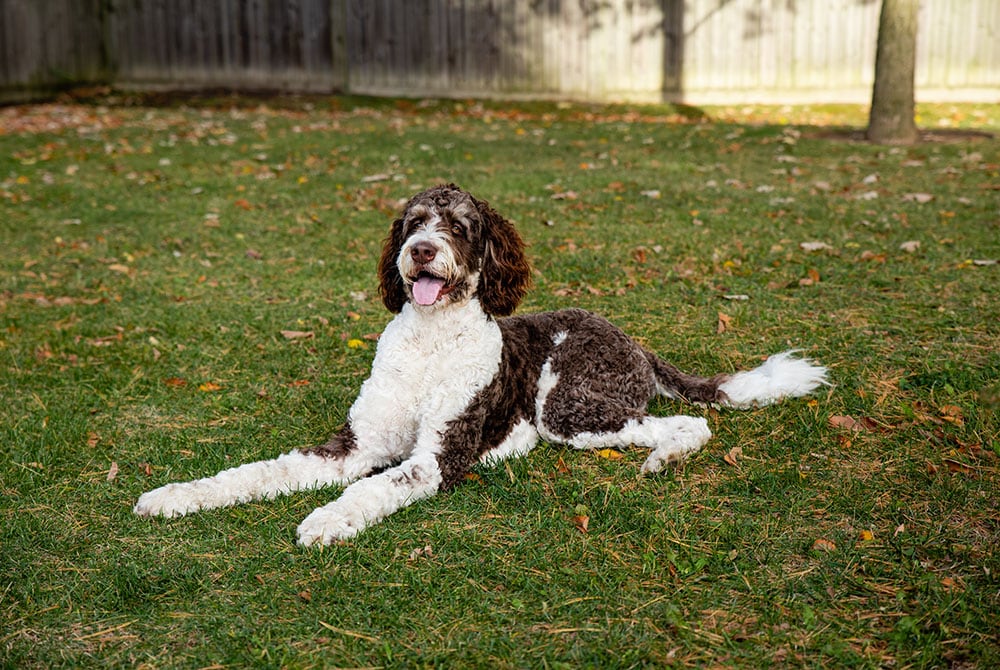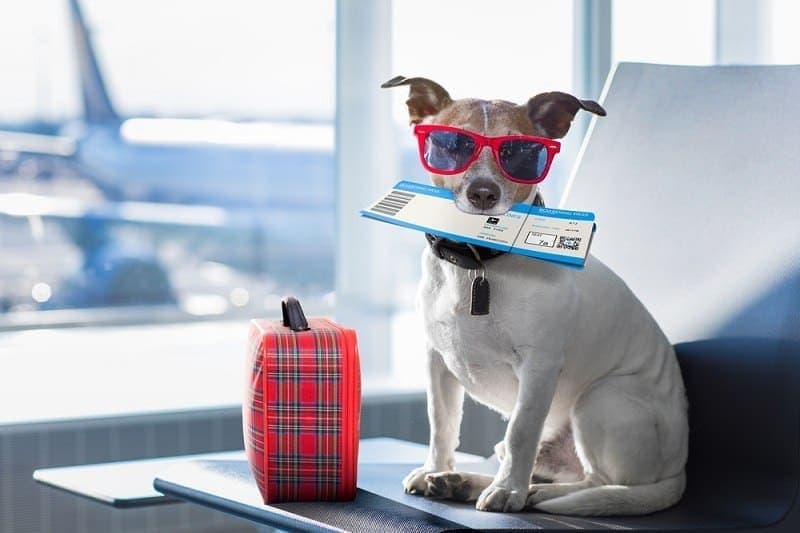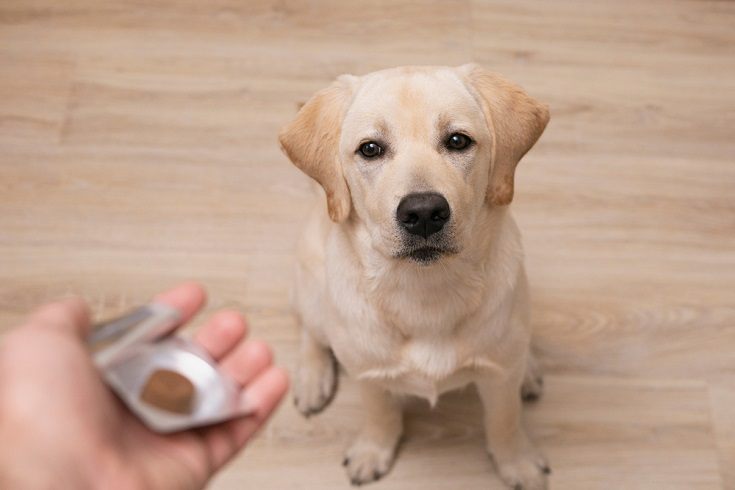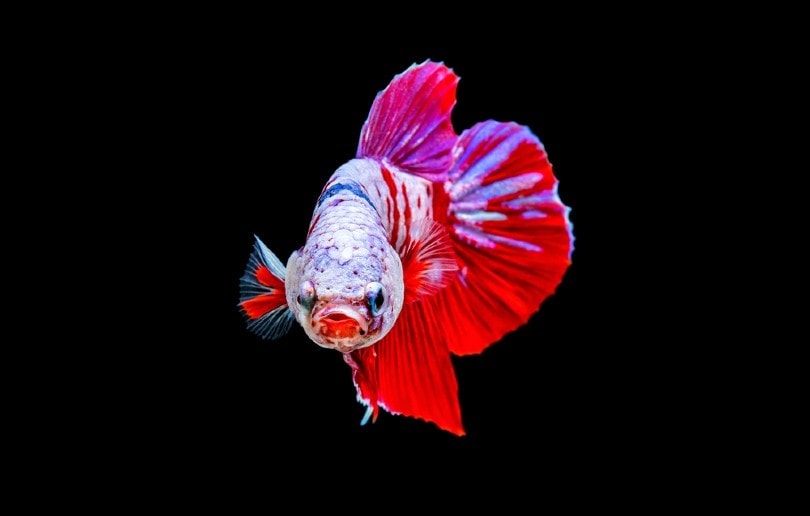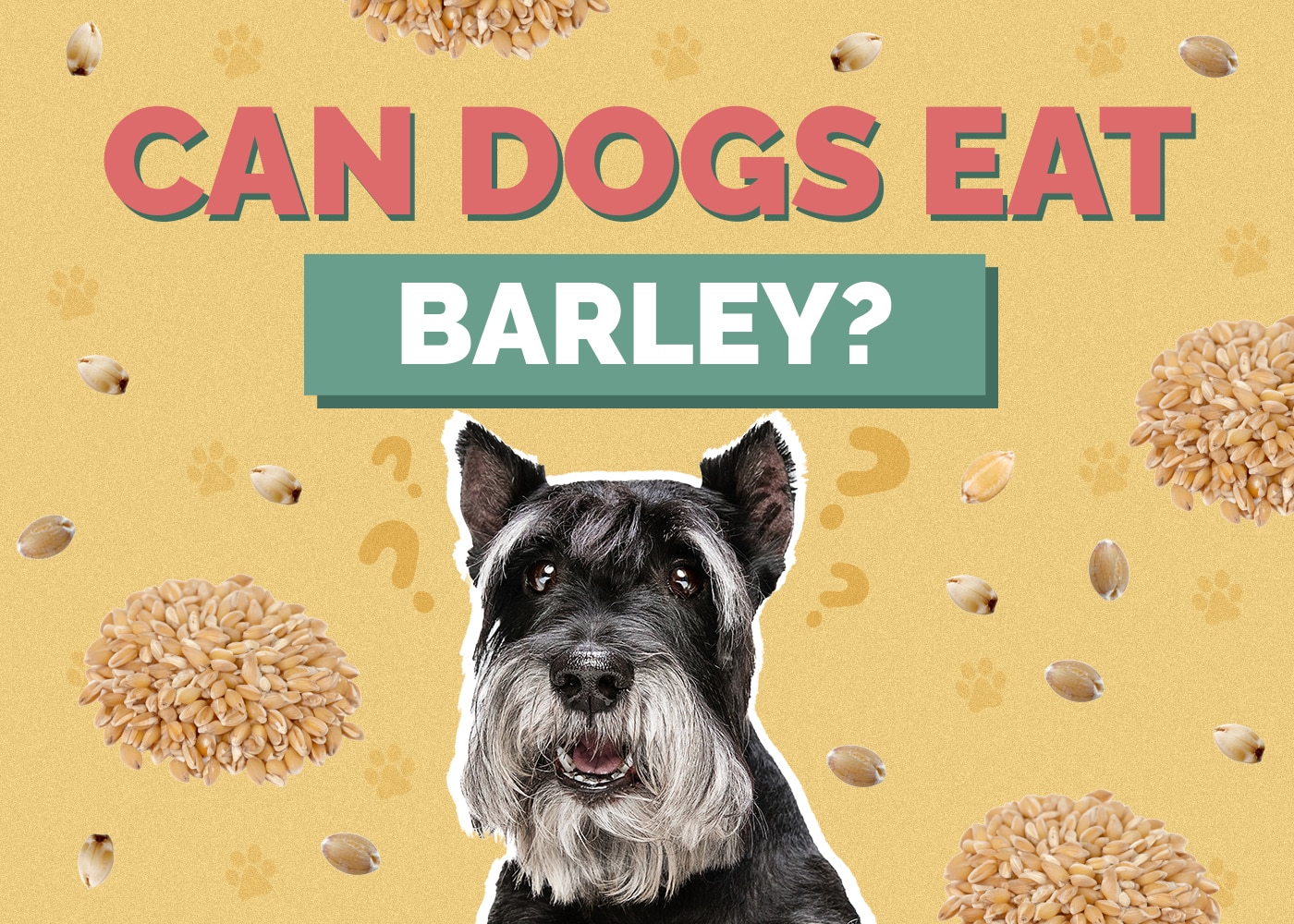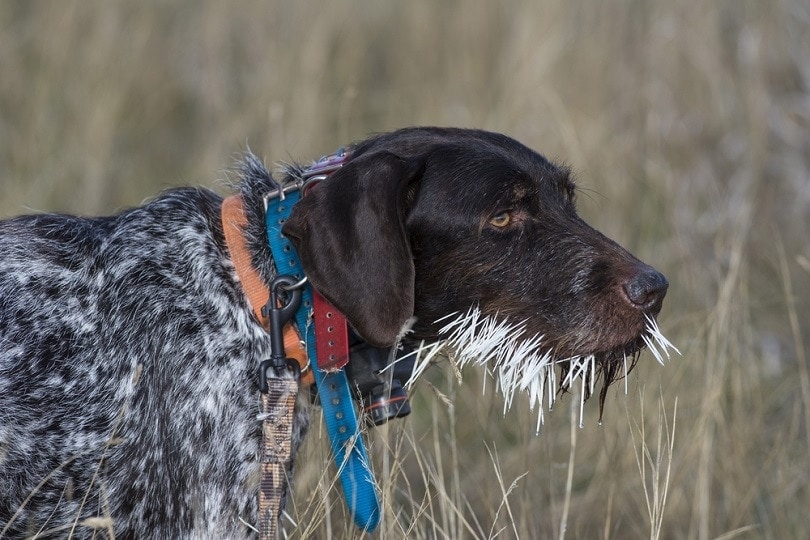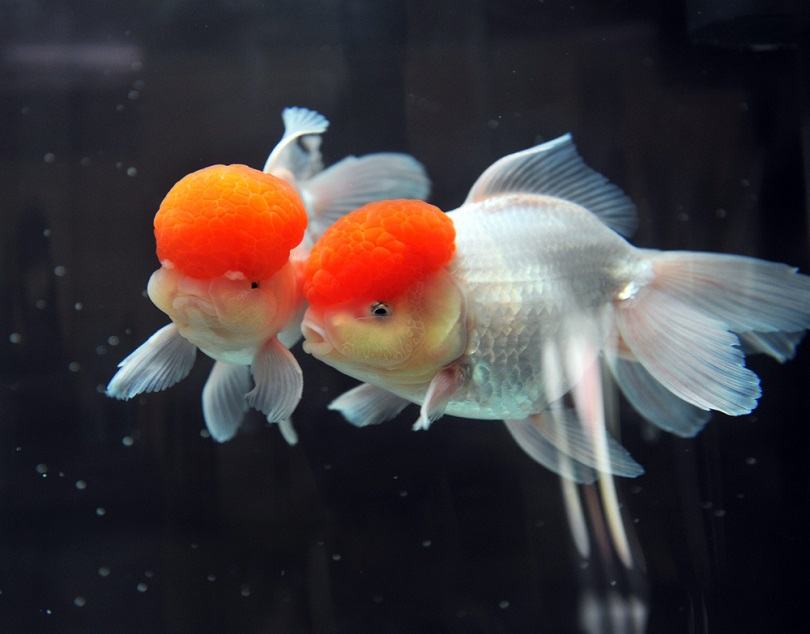Do Cavalier King Charles Spaniels Bark a Lot?
By Kit Copson
Updated on
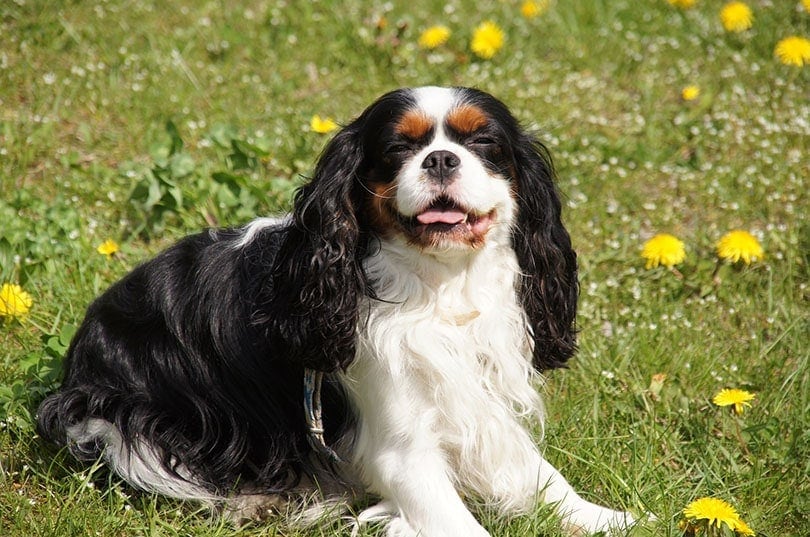
Cavalier King Charles Spaniels are one of the most popular dog breeds in the US, and for good reason. These sweet-natured little dogs tend to make wonderful family dogs for a multitude of reasons, but are they a vocal breed? According to the PDSA in the UK, Cavalier King Charles Spaniels are not known for being excessive barkers.
That said, the PDSA notes that every dog, regardless of breed, is likely to make some noise, whether that’s greeting you at the door, attracting your attention, or vocalizing at other dogs in the vicinity. You may get a Cavalier King Charles Spaniel that’s a bit more spirited and vocal, but, in general, these dogs are pretty quiet.
In this post, we’ll give you a heads-up as to the various sounds your Cavalier may make and how to interpret them.
Dog Vocalizations Explained
Though Cavalier King Charles Spaniels aren’t known for being big-mouthed, this doesn’t mean they won’t ever communicate with barks, whimpers, howls, or whines. If you’re curious about what your Cavalier King Charles Spaniel is trying to tell you with their various vocalizations, check out what each vocalization means below.
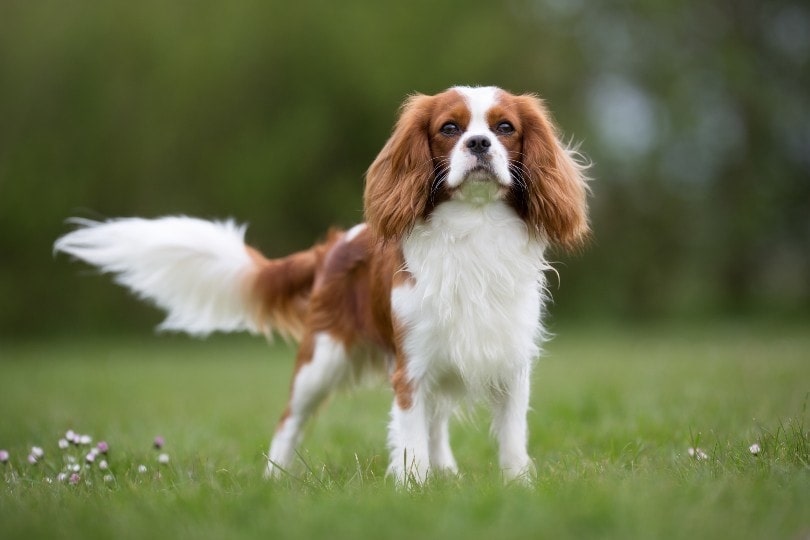
Barking
Dogs bark at various pitches to express themselves. A high-pitched bark is usually friendly in nature, though it can also be a sign of sudden fear or distress. If your dog feels threatened, they may employ a low, deep bark.
That said, the pitch of the bark also depends on the breed of the dog—some breeds have naturally lower barks and some have higher-pitched barks. A King Charles Spaniel, for instance, may have a higher-pitched bark than a much larger breed like a Great Dane.
Whining
Dogs often whine to express displeasure or that they need something. This can range from being in pain to wanting to be fed. Your Cavalier King Charles Spaniel may also whine if they want to play, go for a walk, go to the bathroom, or simply because they’re excited.
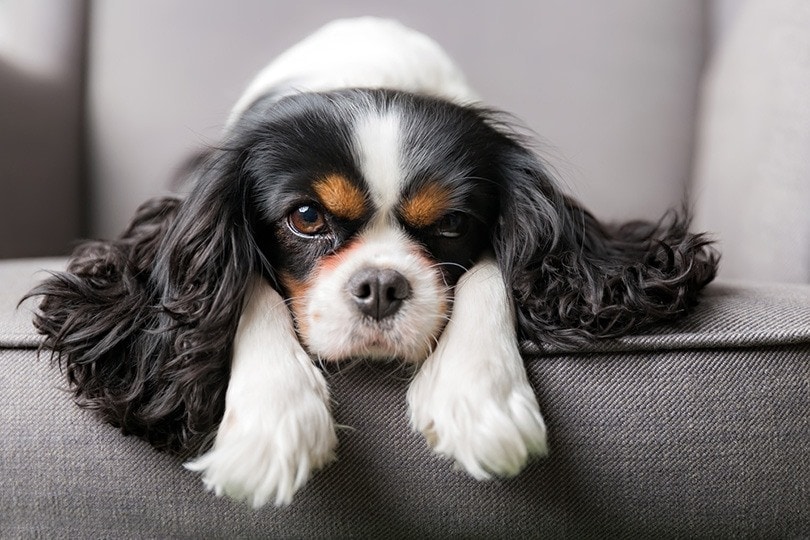
Growling
Growling indicates that your dog is feeling threatened, frightened, or angry. Your dog may growl to warn or threaten another dog, guard their food or toys, or as a reaction when they feel threatened by something.
That said, some dogs produce a growling sound when engaged in play. Playful growls tend to be softer and lower than “threatened” growls and are in no way a sign of aggression. Some dogs also growl when they’re happy, like when they’re being petted or to greet their humans.
According to the AKC, you can tell when a dog’s growl is “serious” by their body language. A threatened growl is often accompanied by stiff body language and hard staring. A dog growling playfully may give you a submissive grin or “bow” to you—canine language for “I’m just playing.”
Howling
Some dog breeds are especially prone to howling, including Huskies, Dachshunds, and Alaskan Malamutes. Domestic dogs howl to communicate with other dogs, just like wolves. They also use it as a way of letting other dogs know to stay away from their territory, to express that they’re feeling anxious or sad, or to let you know they’re in pain.
Howling is sometimes a source of amusement for dog parents, as some dogs howl along when you sing or to accompany music or other nearby sounds.
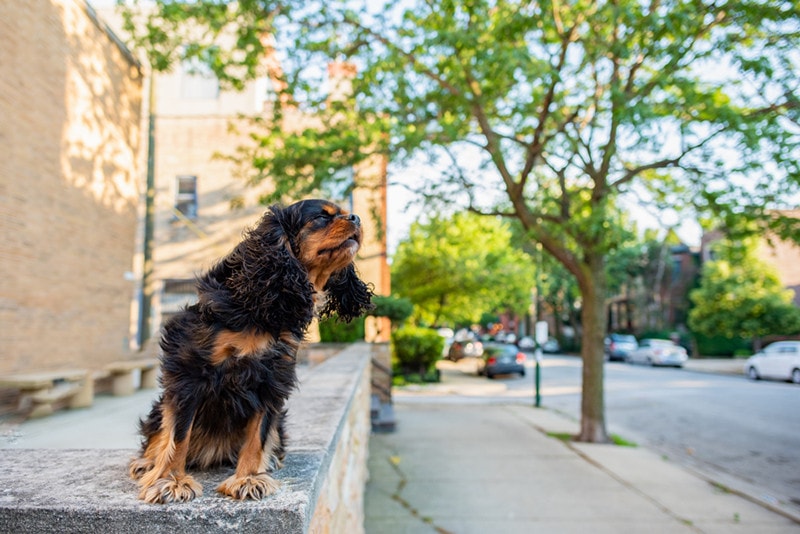
Purring
Believe it or not, dogs can purr, too! Purring in dogs is a low, rumbly, or snuffly sound and some dogs do it to express contentment, like when they’re being petted, snoozing, or when they’re excited.
 Final Thoughts
Final Thoughts
So, while Cavalier King Charles Spaniels aren’t typically the loudest of dogs, they will definitely vocalize in different ways to communicate with you and their fellow canines. As long as they’re sufficiently exercised daily, Cavalier King Charles Spaniels are well-suited to all kinds of homes—houses and apartments alike—and are often gentle, calm, sweet-tempered dogs.
Featured Image Credit: Sylwia Aptacy, Pixabay

